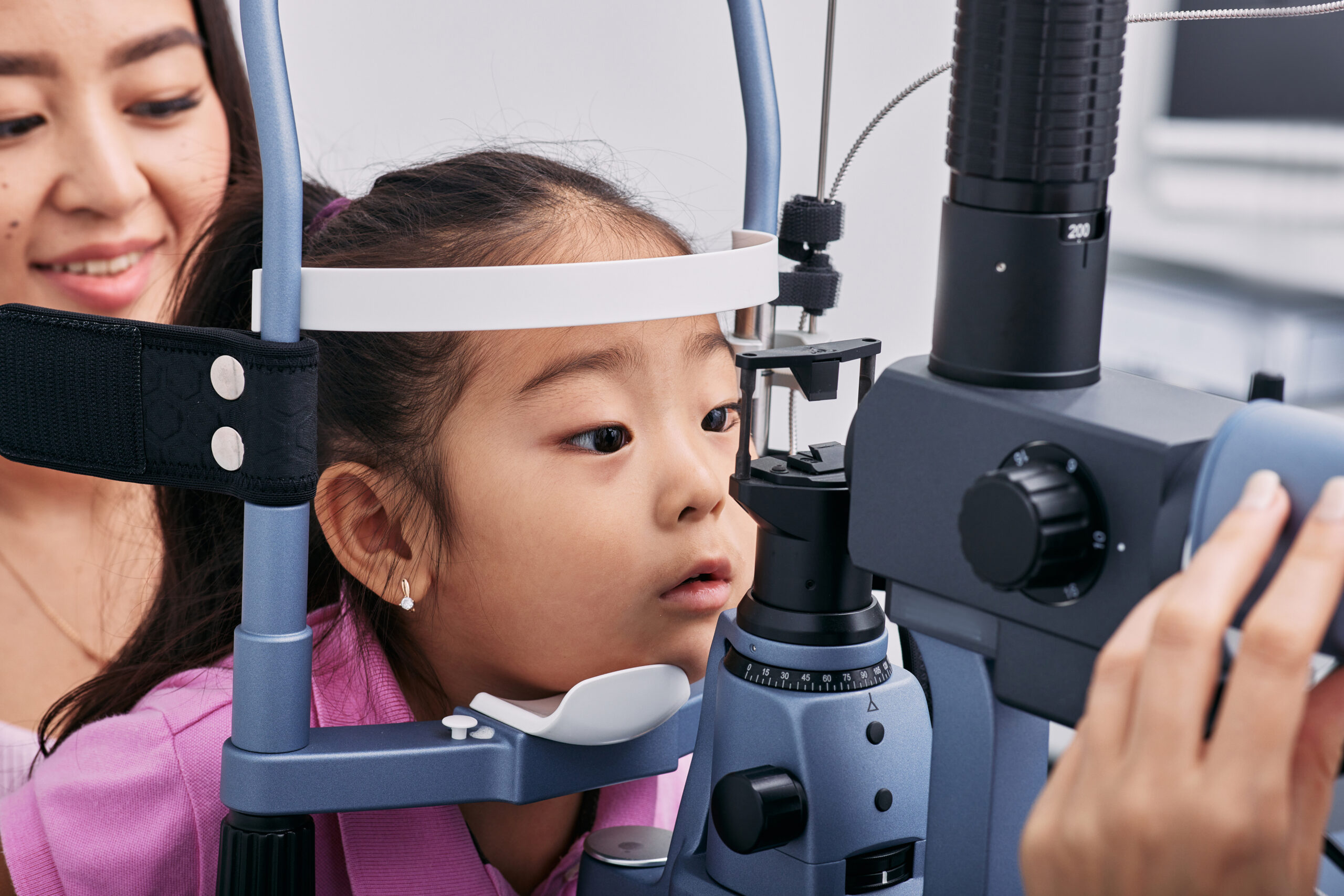How mobile clinics can support eye health

By Kathleen Eng, Harvard Medical School, MD candidate
Eye health is a growing public health concern, but nearly half of vision problems are either preventable or treatable.
According to the Centers for Disease Control (CDC), an estimated 93 million U.S. adults are at high risk for serious vision loss. That’s one in four Americans, yet only half of those at high risk have visited an eye doctor in the past 12 months.
To address this issue, it’s crucial to raise awareness and involve communities – especially those with limited access to eye care – in discussions about vision health. Here, we answer our three most commonly asked questions about vision impairment, and how mobile clinics can support communities most impacted by eye disorders and vision disability.
What are some common vision problems and their causes?
Vision problems often occur simply because a patient does not have the right prescription for glasses – or any glasses at all. Other common vision ailments include untreated cataracts, glaucoma, age-related macular degeneration and diabetic retinopathy, an eye condition in those with diabetes that over time causes damage to the blood vessels of the retina.
Eye diseases like diabetic retinopathy and glaucoma often don’t show early signs, but early detection and care can prevent or delay vision loss. The CDC reports that uncorrectable vision impairment cases are predicted to more than double by 2050 to 8.96 million due America’s aging populations as well as the rising rates of diabetes and other chronic diseases.
What steps can mobile clinics take to identify and care for those with vision problems in their communities?
One of the World Health Organization (WHO)’s five recommendations for advancing vision health is to raise awareness about eye care and engage at-risk communities in conversations about taking care of their eyes.
Mobile health clinics are in a unique position to engage and empower the public, especially in places where people don’t have easy access to eye care, from urban centers to rural areas. And because many mobile health clinics are already detecting chronic conditions linked with eye problems such as diabetes and hypertension, discussions on eye health can be easily incorporated into current care protocols.
Another way to support eye health is to make simple vision screenings, such as a quick eye test using a Snellen eye chart or special photoscreening camera, part of a client’s initial visit whenever possible – but especially if they show indications of risk. However, it’s important to note that while these tests measure general vision sharpness and can help spot problems with vision, they can’t diagnose illness.
Where mobile health clinics can really shine is identifying people at high risk for vision loss, then guiding them towards the proper care.
Beyond vision screenings, how can mobile health clinics promote eye health?
Clinicians and community health workers can also share healthy habits for optimal vision health. This includes staying physically active, eating eye-healthy foods like leafy vegetables and fish, wearing protective eyewear outdoors, managing diabetes and hypertension, quitting smoking, and talking to relatives about eye problems in the family.
There are many materials available to help people learn more about eye health. The National Institutes of Health (NIH) has great outreach resources for communities and health educators, including fact sheets, infographics, and videos.
Kathleen is a fourth-year medical student with interests in ophthalmology and medical education. In her free time she enjoys traveling, making home espresso, and playing pickleball.

